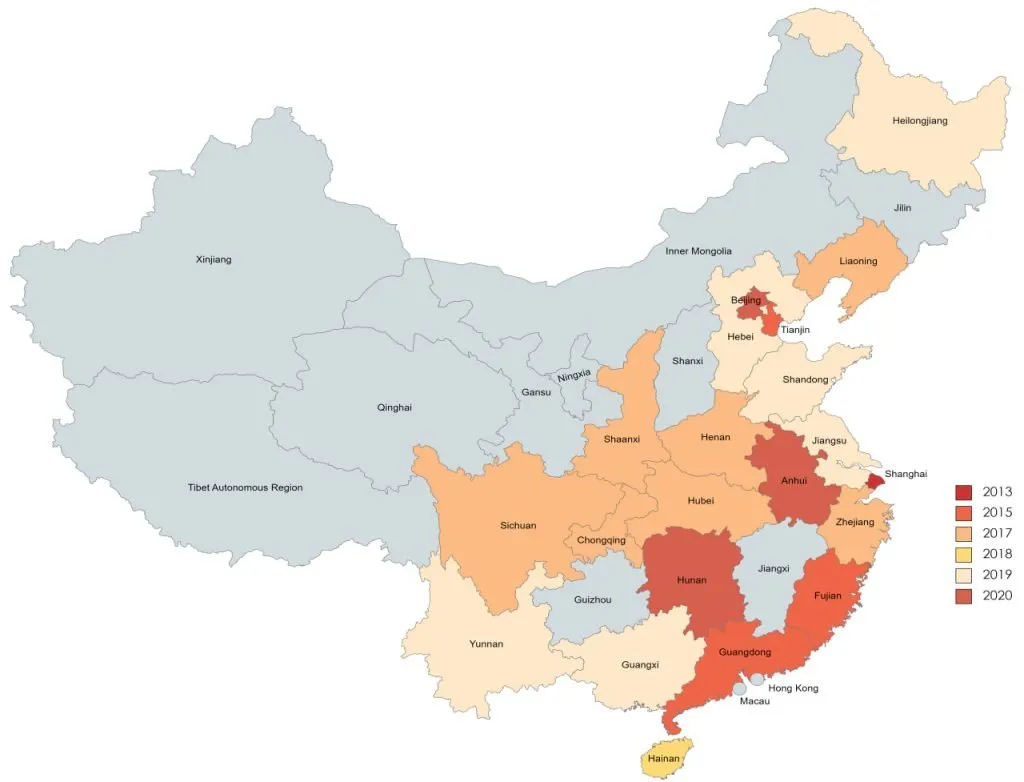Free Trade Zones (FTZs) in China were established to foster economic growth, encourage foreign investment, and enhance China’s integration into the global economy. These zones serve as experimental grounds for economic reforms and innovations, with policies designed to promote international trade and business. The creation of FTZs in China was a strategic decision to accelerate the country’s modernization and globalization while maintaining control over key sectors of the economy.
Key Reasons Behind the Creation of Free Trade Zones in China
1. Promote Foreign Investment
The primary objective of creating FTZs in China was to attract foreign direct investment (FDI). By offering incentives such as tax breaks, reduced tariffs, and simplified customs procedures, FTZs encouraged multinational companies to set up operations in China. This helped China become a global manufacturing hub and fueled its rapid economic growth.
2. Experiment with Economic Reforms
FTZs serve as testing grounds for new economic policies. The Chinese government uses these zones to implement liberal economic reforms, such as market-oriented changes in business practices, financial liberalization, and the ease of doing business. These experimental zones have allowed China to gradually open up its economy while managing the potential risks.
3. Boost International Trade
FTZs in China facilitate smoother international trade by reducing bureaucratic hurdles, simplifying export and import processes, and creating a business-friendly environment. This has helped China to increase its trade volume and strengthen its position as the world’s leading exporter.
4. Develop a Service-Oriented Economy
The creation of FTZs has allowed China to focus not only on manufacturing but also on service industries. These zones attract investment in sectors like finance, logistics, and technology, enabling the country to diversify its economy beyond traditional industries.
5. Enhance China’s Global Position
By establishing FTZs, China aimed to position itself as a central hub for global trade and investment. The zones act as bridges between China and other international markets, fostering economic cooperation and strengthening China’s global economic influence.
The First Free Trade Zone: Shanghai
The first FTZ in China was established in Shanghai in 2013. This zone was the pilot project to test the effectiveness of economic reforms, such as easing currency controls, allowing more freedom in business operations, and encouraging international financial practices. Success in Shanghai led to the expansion of FTZs to other parts of China.
Conclusion
Free Trade Zones in China were created to open up the economy, attract foreign investment, and test new economic policies that could eventually be implemented nationwide. These zones have played a significant role in China’s transition from a closed economy to a global economic powerhouse. They continue to evolve and provide valuable insights into how China adapts to international trade dynamics while ensuring steady growth and development.








